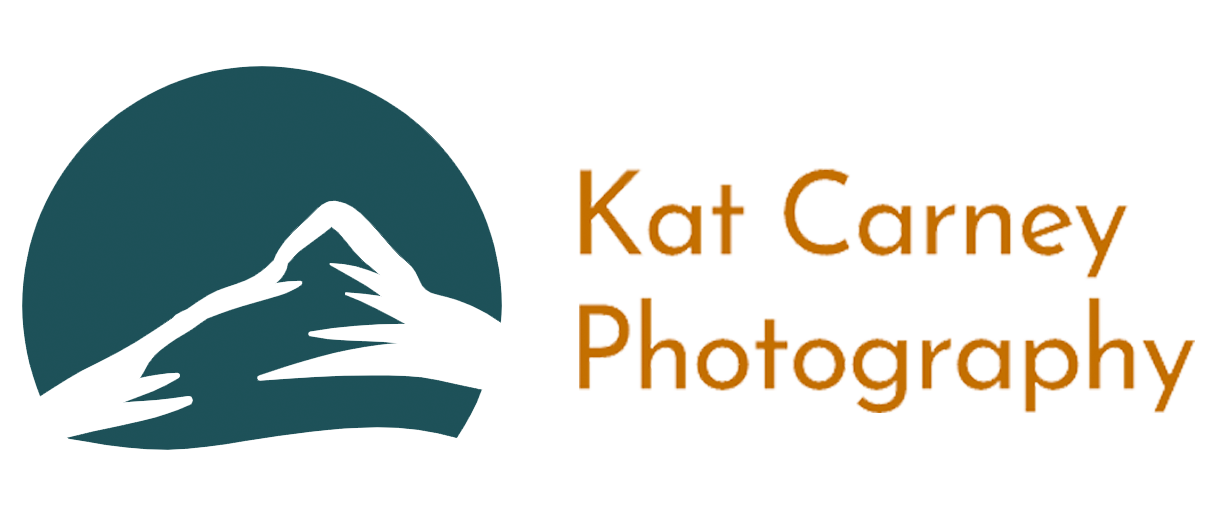The Best Camera Settings for Night Sky Photography
I suppose the first thing I should tell you is that there are no "best settings" for night sky or long exposure photography. But while there may not be standard settings for every night sky image, there are some best practices, and I'll tell you where I normally start. Want to know how to edit night sky photos? There is a video HERE and you can check out my Lightroom Presets HERE.
Use Manual Focus
One of the first things I do when photographing the night sky is switch my lens to manual focus. If you don't take this crucial step your autofocus will rotate back and forth forever and never allow you to actually take a photo. Once I've flipped the switch to manual focusing I usually set it close to the infinity symbol on the lens.
Whenever photographing long exposure images of the night sky, I like to have something of interest in the foreground. Ultimately where you set your focus depending on how far away you are from your foreground subject, or point of interest that you would like to have in focus. All lenses are different and yours may not have an infinity symbol so you will have to use trial and error in order to focus, or switch your camera to "Live View", use a bright flashlight or headlamp and shine it at your foreground object and rotate your lens back and forth until it comes into focus.
Long Exposure Settings
Your settings really depend on how dark it is where you are photographing. For instance, if it is a full moon versus a new moon your settings will be completely different. How much light pollution is there where you are? Which way is your camera facing? What time of night it it? All of variables come into play when deciding which settings to use.
But...here's a good place to start:
With a 16-35mm f2.8 lens
ISO 1600
F/2.8
30 second shutter
If that is too dark I recommend only changing the ISO to a higher number if you are attempting to get a photo of the Milky Way. Increasing the shutter speed from 30 seconds could create "star trails" as the camera begins to read the Earth's rotation during longer exposures.
If that is too bright I recommend bringing down the ISO. You can also shorten the exposure by changing the shutter speed. Play around with your settings until you get a result you like.
Create images like this by stacking individual 30 second images together in the FREE software StarstaX
Gear You Need
Having the right gear for the job is important up to a point. While you can take night sky photos with some smart phones using apps like NightCap Pro, you'll probably want at least an entry level DSLR (digital single-lens reflex) camera. Decide what your goal is for the images. I.e. sell them to magazines and stock agencies, or simply post to Instagram. If you decided you would like to take professional level photos you will need a higher end DSLR. Depending on your camera body, you will also need a remote control release or an intervalometer. And of course, you will always need a tripod.
Here's the camera set up I use (click on the equipment name to find out more info about it):
Canon 5d Mark IV
Canon 16-35mm F2.8
Tripod
Here's what I recommend for beginners:
Canon Rebel T7i, or
Canon T6
Canon 50mm F1.8
Tripod
Here are other options if you shoot Nikon, Sony, or want to try out Sigma & Rokinon lenses:
Bodies-
Nikon D850
Sony Alpha a7R III
Lenses-
Rokinon 14mm F2.8
Nikon 14-24mm F2.8
Sigma 18-35mm F1.8
Tamron 15-30mm F2.8
Tokina 16-28 F2.8

